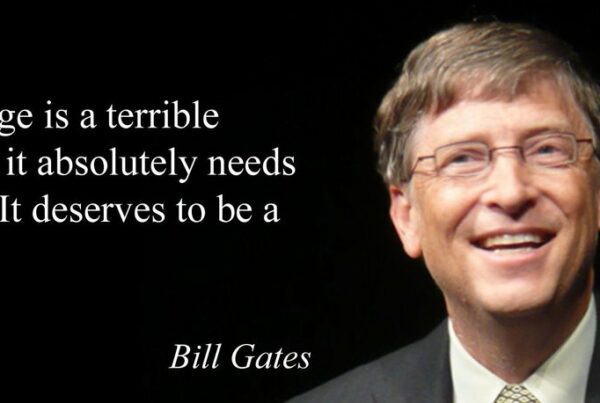“Welcome to the Age of Privacy Nihilism” by Ian Bogost This article was originally published in The Atlantic in 2018. While over a year has passed since Ian Bogost’s article, many of his key points ring truer than ever before. Bogost explores how the acceleration and reach of online data have become a pervasive presence in consumers’ lives, prompting many to speculate and spin conspiracy theories around big tech’s motives for gathering data. Instances of “techlash” are popping up in the headlines — a term coined by The Economist used to describe the negative reaction to the power and influence of large tech companies, particularly in Silicon Valley.
Despite the lack of concrete evidence to support conspiracy theories, personal data has been collected with and without individuals’ permission for quite some time; data includes information from employers, public records, purchases, banking activity, educational history, and hundreds of other sources. Smart devices, computers, online activity, surveillance systems, and IoT have also contributed to an integrated experience that has building for quite some time but consumers are finally catching up in their awareness of it.
Bogost’s overacting argument is this: Big tech may not be listening to our conversations, but they are eavesdropping on our lives (and have been doing it for decades).
Business Intelligence has been around for over 150 years but really took off with relational databases.
Relational databases are a concept developed by Edgar F. Codd in 1969. Relational databases brought data storage and processing together in a “relational model,” that was first modeled in software products. Using Codd’s database development, databases were able to process queries against large, diverse data sets. Relational databases became a platform for aggregating patterns of customers’ individual actions. This concept is still widely practiced today. For example, enterprise resource planning software tracks and manages business operations; customer-relationship management software tracks sales and marketing activities; and supply-chain management systems help manage the flow of components and raw materials for manufacture and distribution.
Machine learning is building a correlation between data that’s stored in the Cloud.
Enterprise services are becoming more decentralized and are migrating data to the Cloud, where big tech firms like Microsoft, Google, and Amazon can then leverage large quantities of information. This data used to live separately, but through correlation is now easily exchanged, sold, and distributed. This data covers an infinite swath of behaviors and traits. New technologies, like machine learning, are disseminating and correlating data to build detailed tech essences of individual consumers.
Consumer awareness is driving a new age of data intelligence.
“Processed foods look wholesome compared to your processed data, scattered to the winds of a thousand databases,” Bogost writes. Data is constantly being collected, aggregated, and parsed out for companies to buy. The real difference between old and new ages of data-intelligence-driven consumer marketing is consumer awareness. Consumer awareness prompts individuals to take a more critical look at how their information is being used and make more rigorous demands for big tech transparency.
Bogost’s illustrates how this flow of data information has been on a fast trajectory for the past 60 years and is anticipated to become even more integrated in the future. We are truly seeing data and big tech come into power with information and the decentralization of data from on-premise to cloud systems. However, despite big tech’s machinations, consumers have the potential to affect sweeping changes and advocate for better protections for their data.








